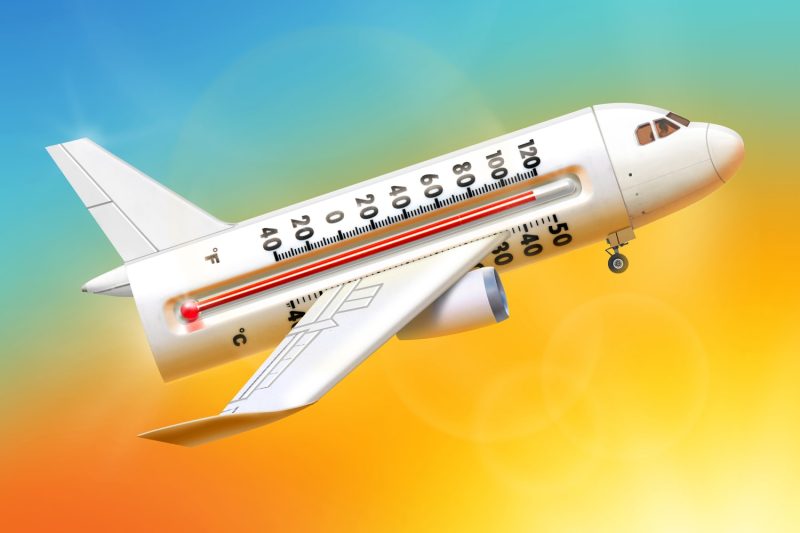Extreme Heat Makes Flying Harder: Airlines and Airports Say They Aren’t Sweating It
Airlines and airports are facing new challenges as extreme heat waves sweep across the globe. With soaring temperatures affecting various regions, the aviation industry is grappling with the impacts on operations, safety, and passenger experience. While extreme heat can present obstacles for airlines and airports, many industry experts maintain that they are well-equipped to handle these challenges without breaking a sweat.
One of the primary concerns arising from extreme heat is its effect on aircraft performance. High temperatures can reduce aircraft lift, making it harder for planes to take off. In response to this issue, airlines are implementing various measures to mitigate the impact of extreme heat on flight operations. These include adjustments to flight schedules, weight restrictions on planes, and enhanced monitoring of weather conditions to ensure safe takeoffs and landings.
Airports, too, are feeling the heat as they work to manage increased demand and potential disruptions caused by extreme weather. With rising temperatures leading to more flight delays and cancellations, airport operators are focusing on improving infrastructure resilience and passenger services to minimize the impact of extreme heat on travel. This includes investments in cooling systems, weather monitoring technology, and emergency response protocols to better cope with heat-related challenges.
Despite these challenges, airlines and airports are adopting a proactive approach to address the impacts of extreme heat on their operations. By investing in advanced technology, developing comprehensive heat management strategies, and collaborating with industry stakeholders, the aviation sector is striving to ensure the safety and comfort of passengers while navigating through periods of extreme weather.
Moreover, airlines are enhancing communication with passengers to keep them informed about potential delays or disruptions due to extreme heat. By providing real-time updates and proactive assistance, airlines are working to minimize inconvenience and ensure a smoother travel experience for their customers during challenging weather conditions.
In conclusion, while extreme heat presents significant challenges for airlines and airports, proactive measures and investments in technology are helping the aviation industry adapt to changing climate conditions. By prioritizing safety, operational efficiency, and passenger experience, airlines and airports are demonstrating their readiness to tackle the complexities of extreme weather and ensure the continued reliability of air travel in a warming world.
